(NLDO) - Scientists have recreated the strange atmosphere of the giant planet Tylos, a world of jewels and metals.
According to Science Alert, a research team led by astrophysicist Julia Victoria Seidel of the European Southern Observatory (ESO) has successfully recreated the atmosphere of the giant planet named Tylos through a 3D virtual model.
The work, published in the journal Nature, reveals a world that operates in a way that scientists describe as "beyond comprehension," stranger than any sci-fi movie.
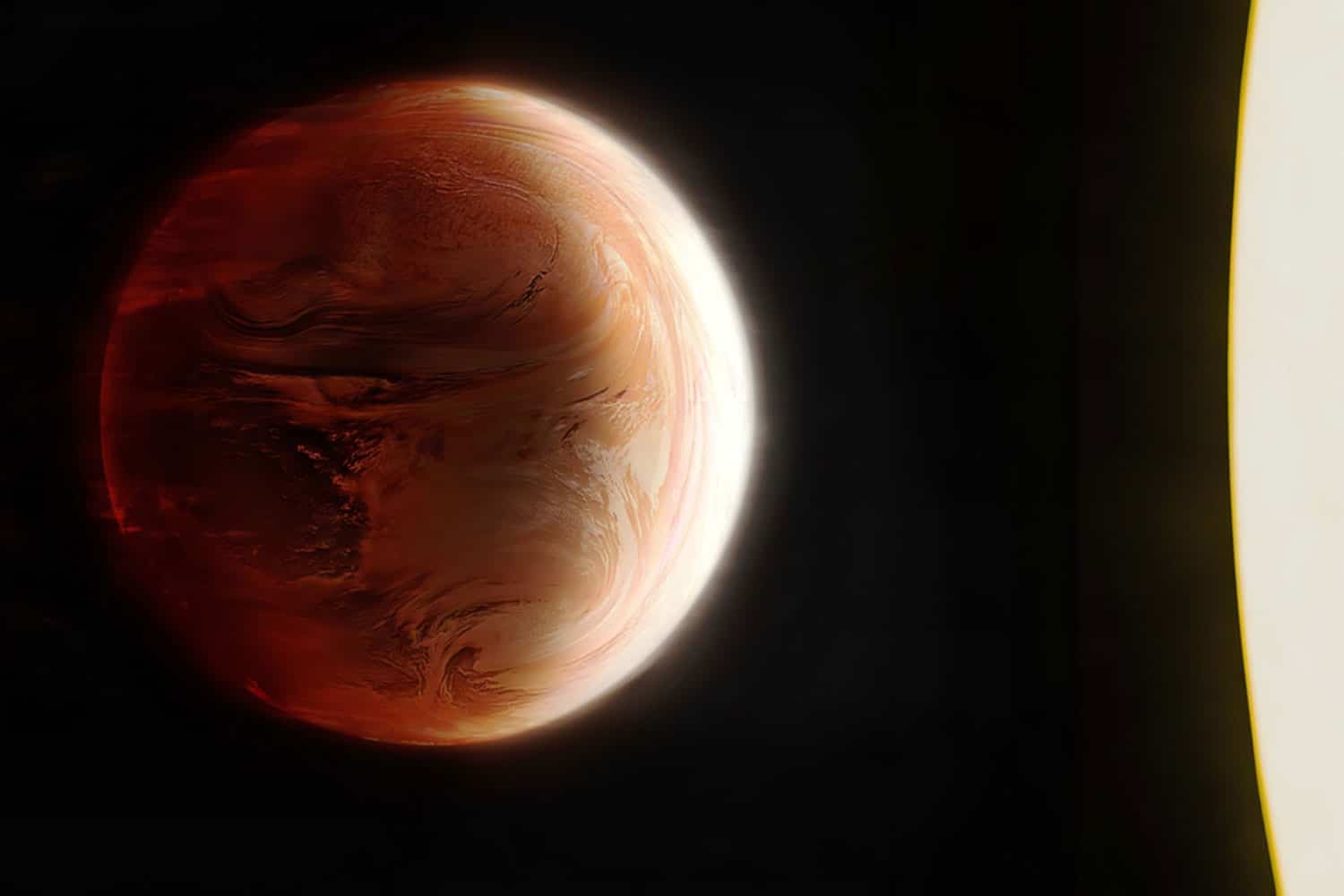
Portrait of the raging super planet Tylos - Graphics: Engine House VFX
Tylos, also known as WASP-121b, is a hot Jupiter located 880 light-years from Earth.
Hot Jupiters are gas planets of the same type as Jupiter in the Solar System, but are extremely hot.
Tylos has a radius about 1.74 times that of Jupiter and a mass 1.16 times that of Jupiter, orbiting so closely that a year there is only 30 days long on Earth, resulting in surface temperatures reaching more than 2,000 degrees Celsius.
This planet is also divided into two sides, a permanent day and a permanent night, due to being tidally locked to its parent star, like the Moon is tidally locked to Earth.
Tylos' atmosphere is leaking into space, causing it to literally evaporate.
Even more strangely, it was an atmosphere filled with metals and precious stones. Data showed that this world was surrounded by a layer of iron and titanium clouds, which continuously rained liquid rubies and sapphires down to the ground.
Adding to the horror, new research shows that the world's iron winds are incredibly violent. One jet stream rotates material around the planet's equator, while another in the lower layers of the atmosphere moves gas from the hot side to the cold side.
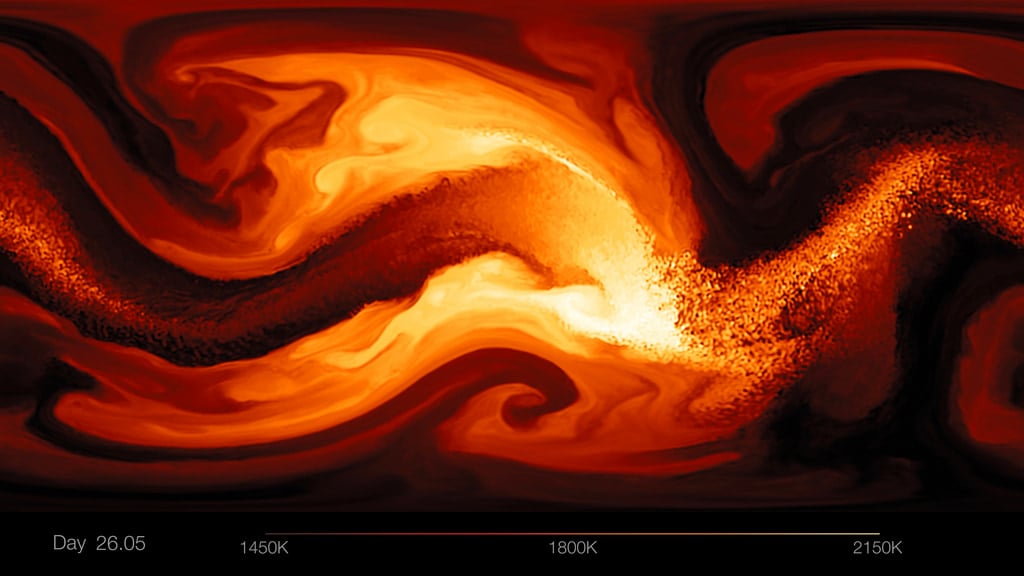
Hot and furious weather in Tylos - Graphic image: NASA
"This type of climate has never been seen on any planet before. Even the most powerful storms in the solar system seem calm by comparison," said Dr. Seidel.
The iron winds here reach speeds of up to 13.7-28.6 km/s (about 49,000-103,000 km/h). For comparison, the maximum wind speed of a Category 17 hurricane on Earth is 220 km/h.
The day-night temperature difference between the two sides due to the planet's tidal locking is thought to contribute to such monstrous jet streams.
That’s the highest wind speed scientists have ever estimated for a planet. It’s also the first time titanium has been detected in the atmosphere of a distant world. On Tylos, titanium clouds are buried in the lower layers.
Source: https://nld.com.vn/kinh-ngac-sieu-hanh-tinh-co-gio-bang-sat-mua-hong-ngoc-196250220112529384.htm


![[Photo] Prime Minister Pham Minh Chinh chaired a meeting to evaluate the operation of the two-level local government model.](https://vphoto.vietnam.vn/thumb/1200x675/vietnam/resource/IMAGE/2025/10/29/1761751710674_dsc-7999-jpg.webp)


![[Photo] Prime Minister Pham Minh Chinh chaired a meeting to discuss solutions to overcome the consequences of floods in the central provinces.](https://vphoto.vietnam.vn/thumb/1200x675/vietnam/resource/IMAGE/2025/10/29/1761716305524_dsc-7735-jpg.webp)

![[Photo] Hue: Inside the kitchen that donates thousands of meals a day to people in flooded areas](https://vphoto.vietnam.vn/thumb/1200x675/vietnam/resource/IMAGE/2025/10/29/1761738508516_bepcomhue-jpg.webp)
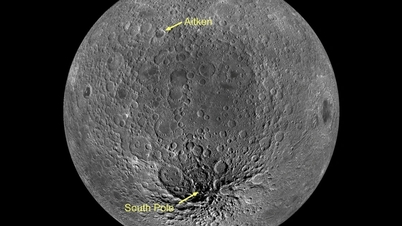

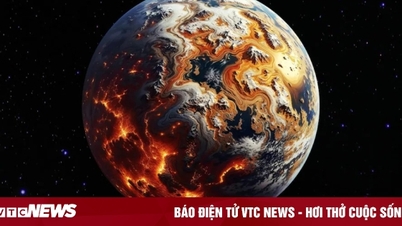

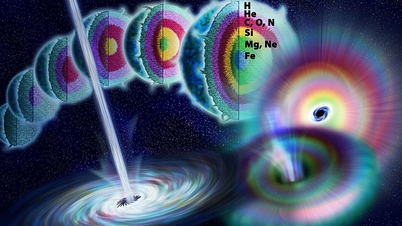



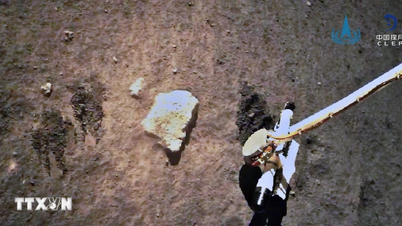





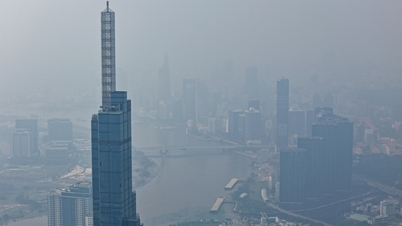
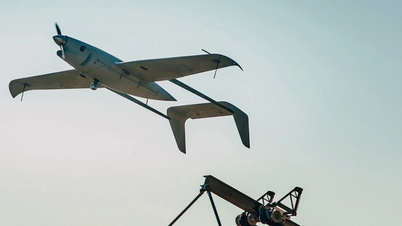






































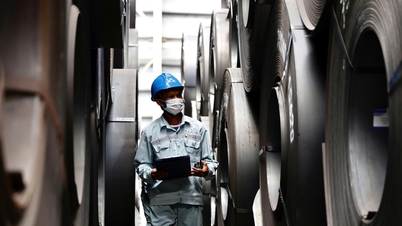
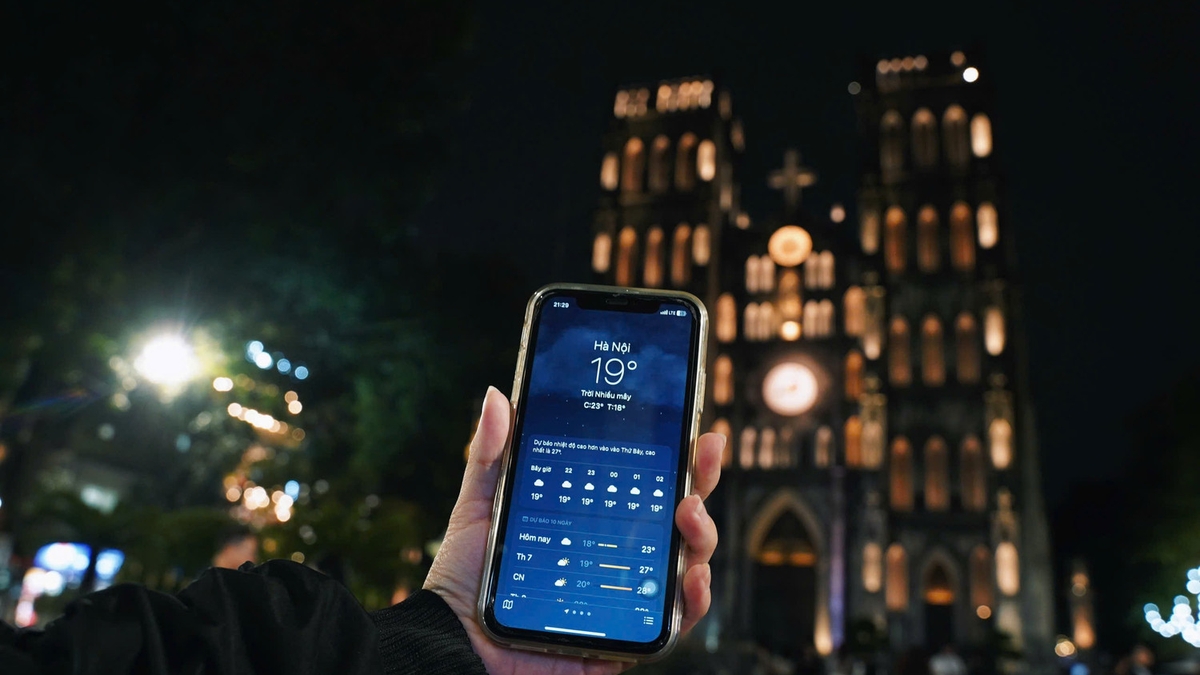
















![[Live] Concert Ha Long 2025: "Heritage Spirit - Brightening the Future"](https://vphoto.vietnam.vn/thumb/402x226/vietnam/resource/IMAGE/2025/10/29/1761743605124_g-anh-sang-am-thanh-hoanh-trang-cua-chuong-trinh-mang-den-trai-nghiem-dang-nho-cho-du-khach-22450328-17617424836781829598445-93-0-733-1024-crop-1761742492749383512980.jpeg)





























Comment (0)